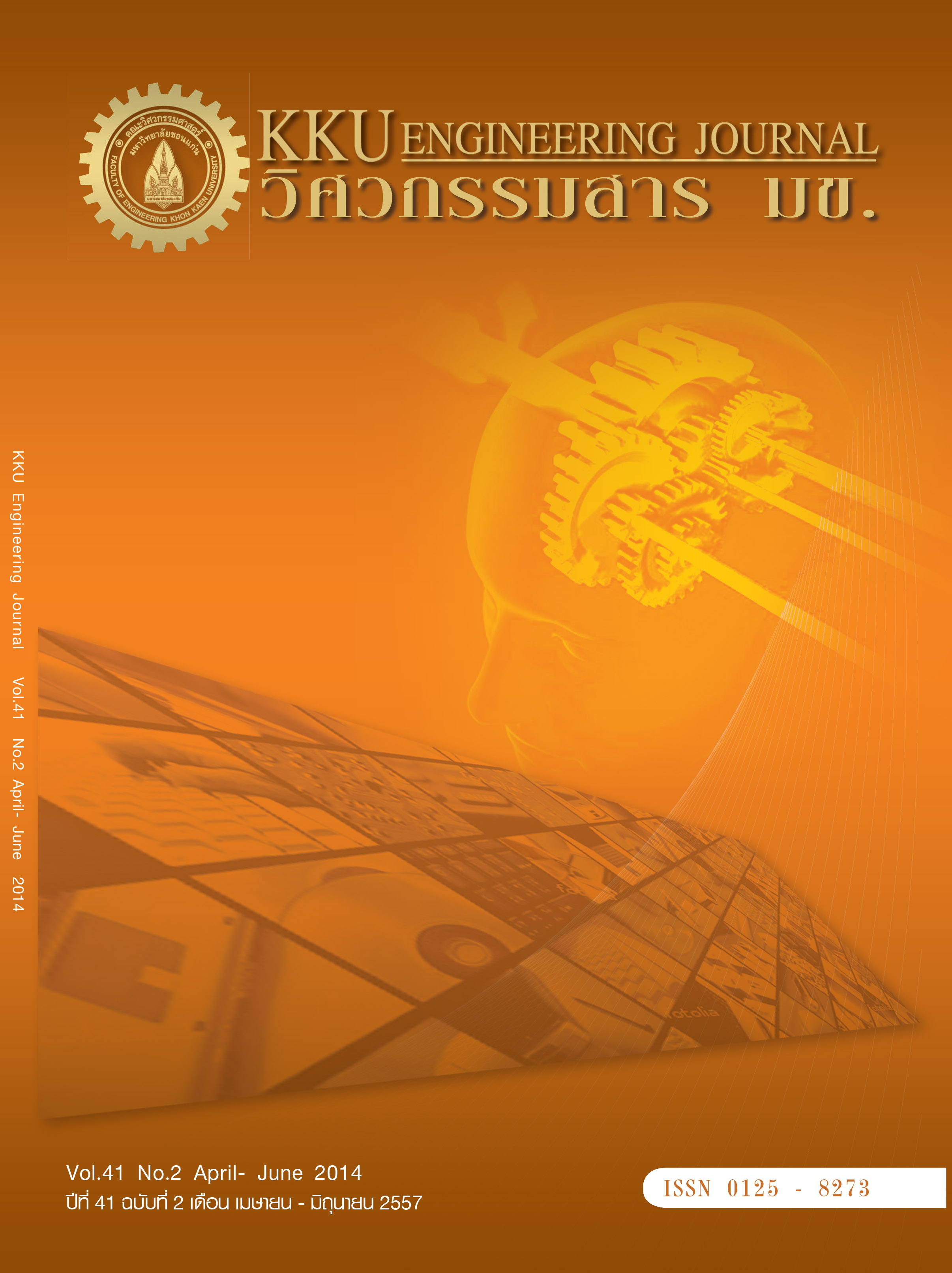Determination of rotation angle based on invariant moment and MADALINE for HGA grasping
Main Article Content
Abstract
To proposed a new adaptive intelligent system for a robot work cell that can visually track and intercept an
invariant stationary HGA feature undergoing arbitrary orientation anywhere along its predicted trajectory
within the robot’s workspace is presented in this paper. A combination of the seven invariant moment
technique, image feature technique and the MADALINE network are used for identifying the stationary HGA
at any rotation angle without overlapping and generating the predicted robot trajectory respectively. An
invariant moment that has system for a scale, translation and orientation are calculated for each significant
region in the input images. Inertial ellipse is determining for angle rotation that compare against to the
accepted orientation that required. The result shown that, the relationship between the visual feedback image
data and the control command for changing the axis motion shows deviation of robot placing less than 2% by
the MADALINE network for intercepting stationary HGA at any rotation angle. The location and image
features of these HGAs need not be preprogrammed, marked and known before, and any change in a task is
possible without changing the robot program. Finally, this novel method can improve the hard disk drive
(HDD) assembly process productivity.
invariant stationary HGA feature undergoing arbitrary orientation anywhere along its predicted trajectory
within the robot’s workspace is presented in this paper. A combination of the seven invariant moment
technique, image feature technique and the MADALINE network are used for identifying the stationary HGA
at any rotation angle without overlapping and generating the predicted robot trajectory respectively. An
invariant moment that has system for a scale, translation and orientation are calculated for each significant
region in the input images. Inertial ellipse is determining for angle rotation that compare against to the
accepted orientation that required. The result shown that, the relationship between the visual feedback image
data and the control command for changing the axis motion shows deviation of robot placing less than 2% by
the MADALINE network for intercepting stationary HGA at any rotation angle. The location and image
features of these HGAs need not be preprogrammed, marked and known before, and any change in a task is
possible without changing the robot program. Finally, this novel method can improve the hard disk drive
(HDD) assembly process productivity.
Article Details
How to Cite
Pokasap, N., & Plermkamon, S. (2014). Determination of rotation angle based on invariant moment and MADALINE for HGA grasping. Engineering and Applied Science Research, 41(2), 137–145. retrieved from https://ph01.tci-thaijo.org/index.php/easr/article/view/21775
Issue
Section
ORIGINAL RESEARCH
This work is licensed under a Creative Commons Attribution-NonCommercial-NoDerivatives 4.0 International License.



